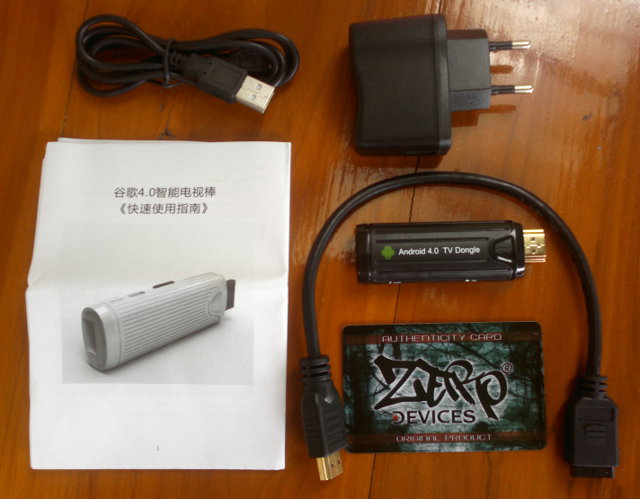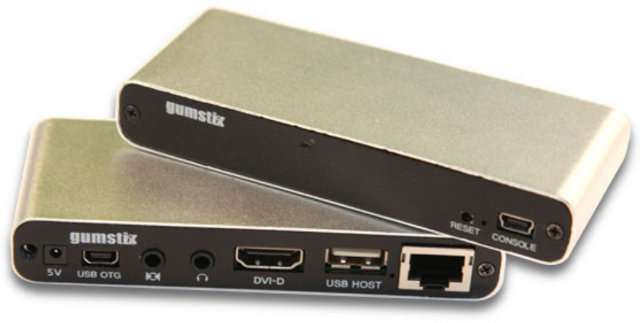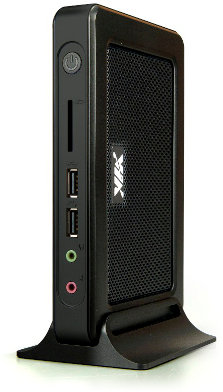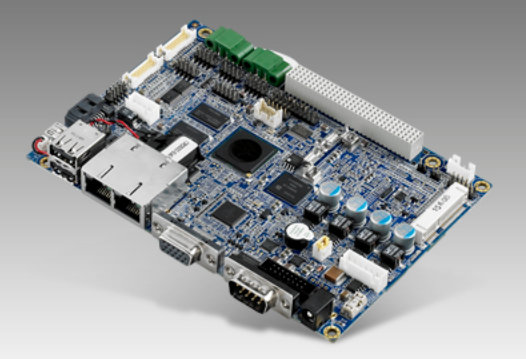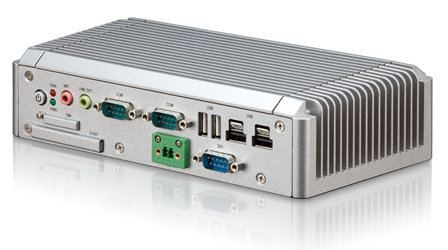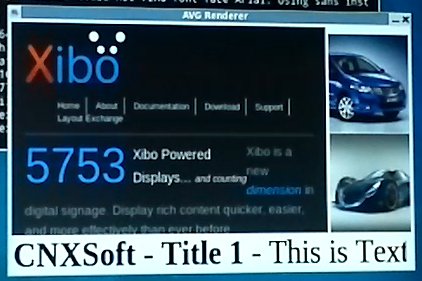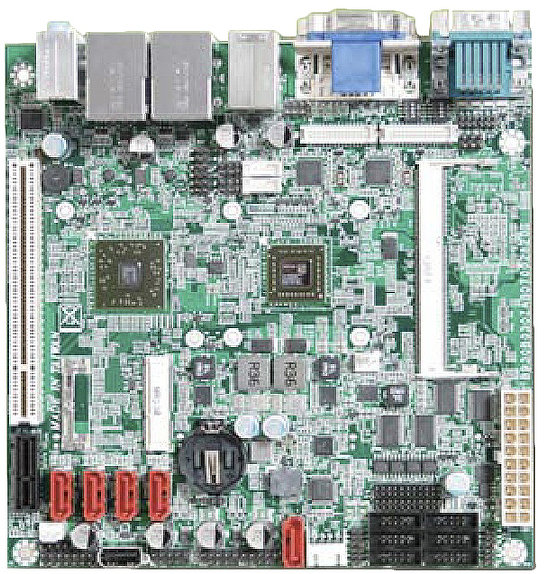Reader onebir tipped me about a low cost Intel Atom based PC on Aliexpress with some decent specs. Kingdel NC270 PC is based on Intel Atom N270 processor @ 1.6 Ghz with 2 GB RAM and 8 GB SSD. It is capable of decoding 720p HD video and features lots of ports which could make it a good entry-level digital signage player among other things. Here are the specs of this nettop. Processor – Intel Atom n270 System Memory – 2 GB (in most places, but it’s also written 1GB in one place in the description) Storage – 8GB SSD (16GB and 320GB version is also available) Connectivity: 10/100 Ethernet WiFi (optional?) Serial Ports – female DB-25, compatible SPP, ECP and EPP | male DB-9, compatible FIFO prefix = st1 16C550 2 PS/2 port (mouse, keyboard) USB – 6 USB host 2.0 ports 1x PCI slot Video Output – VGA […]
Zero Devices Z900 Android mini PC Unboxing and Review
Zero Devices Z900 HDMI Stick hardware is very similar to CX-01 as it has the same Telechips TCC8925 Cortex A5 processor, 512 MB RAM and 4GB Flash memory. The only key difference is the presence of a microSD card slot which is lacking on CX-01 mini PC. It ships in the same package as Zero Devices Z802 mini PC, and the only difference is the lack of marking to tell the device name. Let’s open the box and see what’s inside. The package contains from top left to bottom right: USB to mini USB cable to connect the power 5V/1A power supply Documentation in Chinese and English mini HDMI to HDMI cable (about 30 cm long) Z900 Android TV Stick Zero Devices Authenticity Card. The Authenticity Card is used to register your device on Zero Devices website and access a VIP area with access to support forums, a download section […]
Gumstix Waysmall Silverlode Linaro Ubuntu Computer based on TI Sitara AM3703
Gumstix has just announced the Waysmall Silverlode computer, a small form factor device running Linaro ARM optimized Ubuntu and designed for developers of commercial and industrial applications such as digital signage players and remote servers. It’s based on Overo EarthSTORM Computer-on-Module (Texas Instruments Sitara AM3703 @ 1 GHz, 512MB Flash and 512MB RAM) and consumes less than 2.5 W. Here are the specs of the device: Processor Texas Instruments Sitara AM3703 processor (ARM Cortex-A8 ) @ 1 GHz 800 MHz is recommended for reliable performance System Memory 512 MB RAM Storage 512 MB NAND flash microSD card slot Video Output HDMI (DVI-D) Audio I/O Stereo Audio In /Out jacks Connectivity 10/100Mb Ethernet USB USB Host, USB OTG and USB Console Connectors 2 x 70-pin AVX connectors 1 x 27-pin Hirose camera connector Battery holder for 6mm rechargeable coin Dimensions 11.0 x 4 .4 x 1.8 cm Power 5V The computer […]
VIA Announces ARM Cortex A9 Based Digital Signage System
VIA has unveiled its ARM Digital Signage (DS) system for cost sensitive high volume digital signage deployments. The system is based on an unnamed Cortex A9 processor (possibly Wondermedia WM8850?) with up to 2 GB RAM and 64 GB Flash. The company expects the device to be used in a wide range of applications such as kiosks, POS systems, video walls, menu boards to TVOIP, cloud streaming, and Out of Home Advertising. Here are the specs of this digital signage player: All in one system-ready to load software Designed for Android operating system Industry standard ARM Cortex A9 SoC Hardware acceleration of the most demanding video formats for resolutions up to 1080p DVI-D display port (HDMI Optional) 4x USB 2.0 ports 10/100 Ethernet port Audio-out/ Mic-in Up to 64GB NAND Flash Up to 2GB DDR3 SDRAM Dimension – 18 cm x 12 cm x 2.5 cm The VIA ARM DS […]
Advantech RSB-4210: Freescale i.MX53 Single Board Computer
Advantech has just launched the RSB-4210, a fanless and heatsink-less RISC Single Board (RSB) powered by Freescale i.MX53 (Cortex A8) with 512 MB DDR3 and 2 GB NAND Flash. This board can operate in industrial temperature range (-40 to 85° C) and targets industrial control, digital signage, HMI/kiosk, medical, and portable applications. Here are the key features of this board: Freescale ARMCortex-A8 i.MX536 @ 800MHz Supports OpenGL ES 2.0 and OpenVG 1.1 hardware accelerators Supports full HD 1080p video decode and HD 720p hardware video encode Video Output LCD support with resolution up to 1920×1080 (default 800×480) via LVDS connector HDMI VGA Touch, UART, I2C, I2S, SPI, GPIO, USB Supports SATA storage interface and CAN-bus for vehicle applications Dimensions – 146 x 102 x 20 mm Power – 9 ~ 24 V DC with 3-watt power consumption Operating temperature – -40 ~ 85° C If you don’t mind about the […]
VIA Technologies Announces VIA AMOS-3002 System For Embedded Applications
VIA Technologies has just unveiled the VIA AMOS-3002, a fanless system based on VIA EPIA-P900 Pico-ITX board, targeting embedded applications such as telematics, in-vehicle control, machine to machine controller (M2M), digital signage and kiosks. The VIA EPIA-P900 Pico-ITX board is powered by VIA Eden X2 dual core processor (1GHz) together with VIA VX900H media system processor (MSP) and VIA Chrome 9 video processor which render VIA AMOS-3002 systems capable of handling hardware video decoding for MPEG-2, WMV9 and H.264 codecs at 1080p resolution. Two models are available: AMOS-3002-2D10A1 and AMOS-3002-2D10A1. The latter features a 2.5” SATA hard disk drive bay which is not available in AMOS-3002-2D101A1. Here are the specifications for both VIA AMOS-3002 Models: CPU – VIA Eden X2 @ 1.0GHz Chipset – VIA VX900H Media System Processor Memory – 1x DDR3 1066 204-pin SODIMM socket (Up to 4GB) Storage: 1x CFast Flash disk socket 1 x 2.5” SATA hard […]
Xibo Digital Signage Running on Mele A1000 AllWinner A10 Set-Top Box
Those following my blog know that I recently bought a Mele A1000 to play around. For those who are not familiar with this device, the Mele A1000 is a $70 Android set-top box featuring an AllWinner A10 cortex A8 processor and lots of peripherals, and it can easily be hacked to run a Linux distributions. This hardware would also be a great digital signage player thanks to its video playback capabilities: up to 2160p video decoding and 1080p video output. Last year, I ported Xibo, an open source digital signage player, to ARM and ran it in the Beagleboard emulator (qemu), but I hadn’t had the opportunity to try it out in a real hardware. I’ve tried this rootfs based on Linaro ARM Linux Internet Platform (ALIP) image for BeagleBoard in the Mele A1000, by following an adaptation of the method I provided earlier. For this demo, I created a […]
Portwell AMDY-7000 Series Mini-ITX Boards Based on AMD Embedded Processors
American Portwell Technology has announced the AMDY-7000 Series Mini-ITX embedded system boards targeting applications that require high quality graphics output with low power consumption such as digital signage, surveillance security monitoring, point of sales (PoS) and more. The company provides 3 families of AMDY-7000 series mini-ITX boards: AMDY-7000 – Single-core AMD Athlon II Neo R44L processor. AMDY-7001 – Dual-core AMD Turion II Neo N54H, AMD Athlon II Neo N36L or single-core AMD Athlon II Neo R44L processor. AMDY-7002 – Dual-core AMD Fusion G T56N processor. The AMDY-7000/7001/7002 Series models are powered by AMD Fusion processors featuring ATI HD 6320 and HD 4200 GPU. Depending upon the model, the power consumption ranges from a 12W to 25W. All boards can support up to 8GB DDR3 SO-DIMM memory, dual display via VGA/DVI/HDMI/LVDS and dual LVDS (AMDY-7002 only), PCIe x1, PCIe x16 or half-size mini-PCIe depending on the model and dual Gbit Ethernet. […]



